Sublimation printing necessitates the use of a specialized printer built to handle the sublimation process. Sublimation printers, unlike standard inkjet or laser printers, use heat-sensitive ink that changes from a solid to a gas without going through a liquid phase.
This distinguishing feature enables the ink to permeate the surface of specifically coated substrates, such as polyester cloth or polymer-coated products, resulting in brilliant and long-lasting prints.
The printhead is an important component of a sublimation printer. The printhead is built to withstand the high temperatures required for sublimation printing, ensuring effective ink transfer to the substrate throughout the heat press process.
It is also essential for producing precise and detailed prints. Sublimation printers frequently include innovative printhead technology to improve print quality.
Explained – Types of Printers Needed For Sublimation
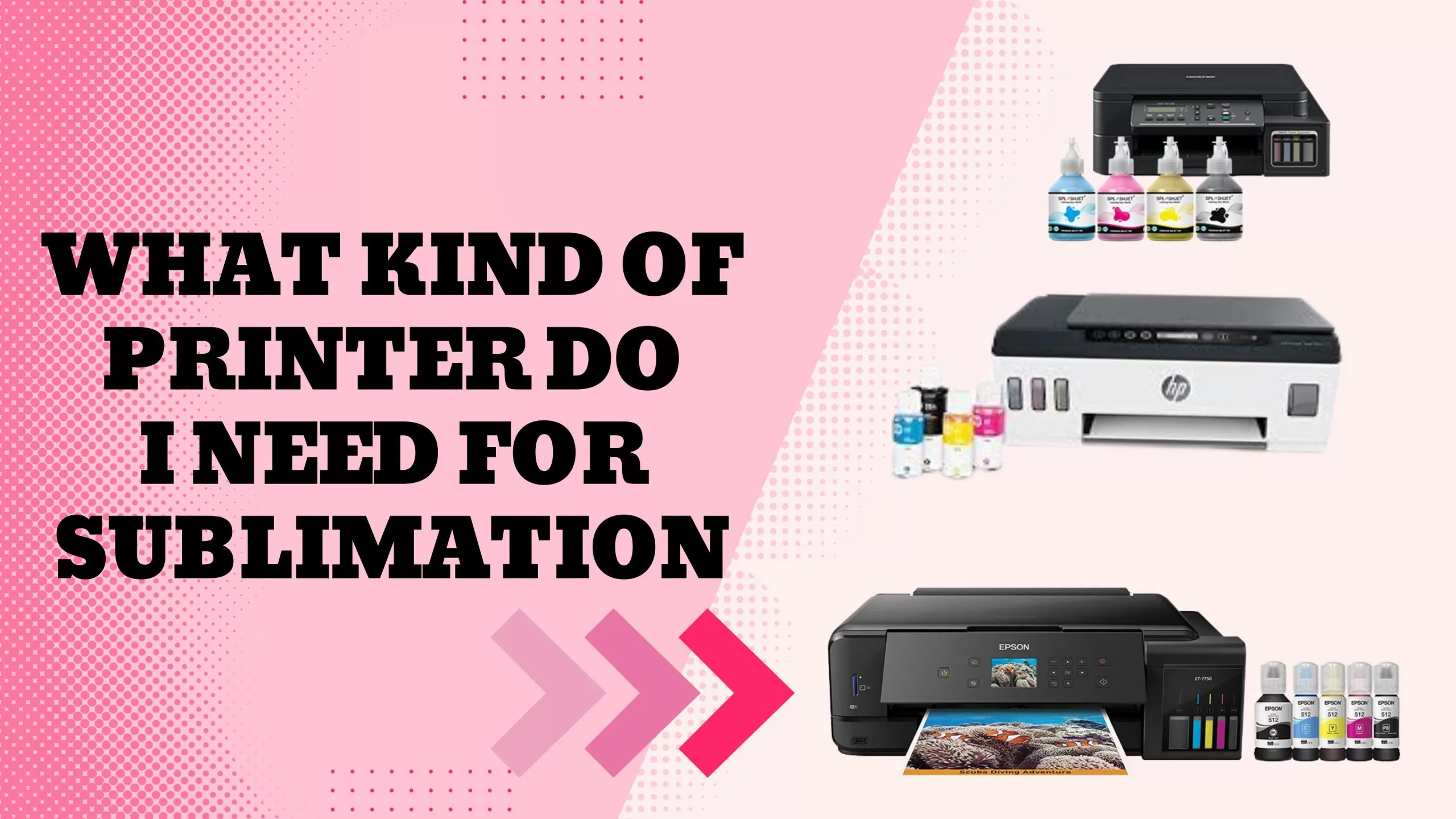
Sublimation Vs Screen Printing Vs Dye Sublimation
What Type of Printer Is Required for Sublimation?
There are two types of printers that can do the sublimation process.
1) Dye Sublimation Printers: These are specifically designed for the sublimation process and supports only dye sublimation inks. Regular printer inks won’t work in this printer.
2) Converted Inkjet Printers: A printer that is not built for sublimation but it is converted to do so is called a converted inkjet printer.
Our Top Suggested Dye Sublimation Printers
What Do You Need in Your Printer for Sublimation Printing?
Below are the feature variables that you need in your printer for sublimation printing. Take a look below:
1) Dye-Sublimation Process: For bright and long-lasting effects, heat-sensitive dye inks that change from solid to gas are used.
2) Compatibility of Printheads: To correctly deposit ink onto substrates, a specialized printhead capable of withstanding high temperatures is required.
3) Inks for Sublimation: Sublimation inks that are optimized for temperature and pressure conditions in the printing process.
4) Temperature Control: A built-in heating element ensures optimal ink transformation and long-term adhesion with substrates.
5) Format and size: Desktop models for smaller prints are available, as are wide-format choices for bigger uses.
6) Color Accuracy and Resolution: Sharp and detailed prints require high-resolution capability and color fidelity.
7) Substrates Compatibility: Specific substrates, such as polyester cloth, ceramic, metal, or materials with sublimation coatings, have been designed to function with it.
How To Sublimate on Polyester?
Printer Settings For Sublimation Printing Guide
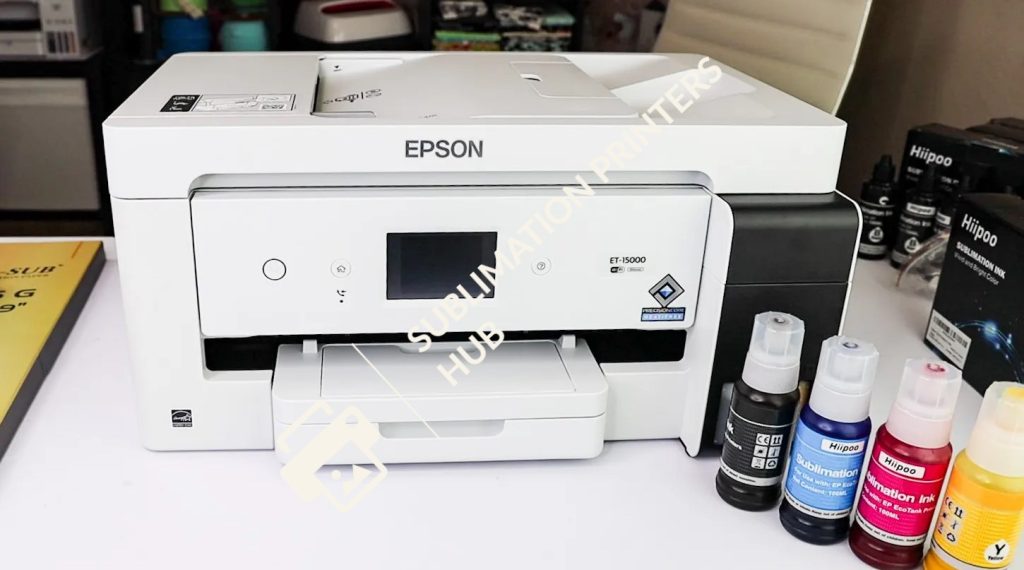
Sublimation printers include a built-in heating element that controls the ink’s change from solid to gas, in addition to the specific ink and printhead.
This step is critical for transferring the ink to the substrate and creating a durable binding.
The heating system of the printer is linked with the printing process to provide precise color reproduction and sharp sublimation images.
Sublimation printers are available in a variety of sizes, ranging from small desktop machines for crafting and hobbyist uses to bigger, more robust printers for commercial production situations.
Pricing analysis Sublimation Printer
The printer you choose is determined by the intended application and the size of the prints you wish to produce.
Some sublimation printers also have capabilities like a wide color gamut, high resolution, and efficient ink usage, which contribute to overall print quality and cost-effectiveness.
Sublimation Printing Tutorials
In essence, a sublimation printer is a specialized device that works with heat-sensitive inks and substrates to transfer brilliant and long-lasting prints onto diverse materials.
Sublimation printers are distinguished from other types of printers by the unique combination of the printhead, ink, and heating system, making them indispensable for businesses and individuals involved in dye-sublimation printing.
We can use a regular printer for sublimation?
How To Upload Artwork Files To Sublimation Printer?
Here are a few examples of sublimation printers:
1) SureColor F6370 from Epson:
- This is a larger, more sophisticated sublimation printer designed for industrial or commercial application.
- Prints at rapid speeds and can accommodate larger print sizes.
- Designed for clothing, soft signs, and promotional goods.
2) TS30-1300 Mimaki (Check on Mimaki Official Site)
- A large-format sublimation printer.
- Mimaki is well-known for its cutting and printing technologies.
- Suitable for textile, flag, and banner applications.
3) SG 7100DN Ricoh
- A small, easy-to-use sublimation printer.
- It is appropriate for small enterprises or home-based printing and can handle a variety of paper sizes.
How to solve ghosting error in sublimation printing?
- This desktop sublimation printer is intended for small and medium-sized enterprises as well as amateurs.
- PrecisionCore technology from Epson is used for high-quality prints.
- Can work with different sublimation paper and transfer sizes.
5) Virtuoso SG400 and SG800 from Sawgrass:
- Sawgrass is a sublimation printer and ink specialist.
- The SG400 and SG800 are desktop printers designed for modest to medium-sized print jobs.
- Color reproduction is known to be bright.
Consider your intended application, print size requirements, and budget when selecting a sublimation printer. Additionally, for best results, utilize suitable sublimation inks and substrates.
Remember that technology develops, so check for the most recent models and reviews for the most up-to-date information.
How To Setting Up a Sublimation Printing Business?
Sublimation Printing Software Guide
What is dye sublimation printer?
Dye-Sublimation Printers:
These are specialty printers designed exclusively for sublimation printing. They have print heads that can handle sublimation inks and deliver outstanding color accuracy. Epson, Ricoh, and Sawgrass are the leading brands.
Inkjet Printers With Sublimation Ink System:
Regular inkjet printers can be converted to sublimation printers with a sublimation ink cartridge system. The print heads must be able to handle the peculiar viscosity and drying of sublimation inks. Thermal print heads are not as suitable as piezoelectric ones.
All-in-One Printers:
Many multipurpose printers also support sublimation ink systems. This enables for the conversion of existing AIO printers from Canon, HP, and Epson, among others. Look for large format solutions to print on larger substrates.
1) For maximum sharpness, print at 600 dpi or higher.
2) Maximum print size suitable for the chosen substrates.
3) Print speeds appropriate for production volumes.
4) Supports a bulk ink system rather than cartridges to reduce costs.
5) Heating element for pre-heating before printing.
6) Accurate colour reproduction and saturation.
7) Print head height can be adjusted to accommodate thicker materials.
For novices, the Epson WF-7710 or WF-7720 offer great value because to their large format size, print precision, and built-in ink supply mechanism. They enable printing on mugs, shirts, banners, and other items while maintaining a small footprint. Sawgrass also has low-cost solutions, such as the Virtuoso SG400, for new sublimation firms.
No, the printer and inks do not always have to be the same brand. To avoid problems, make sure your printer and ink cartridges are compatible. Sticking with integrated printer-ink systems eliminates guesswork.
To summarize, sublimation printing requires dye-sublimation printers, inkjet printers with sublimation ink conversions, or all-in-one printers that support sublimation inks. When selecting the proper model, think about print quality, ink control, and size first.




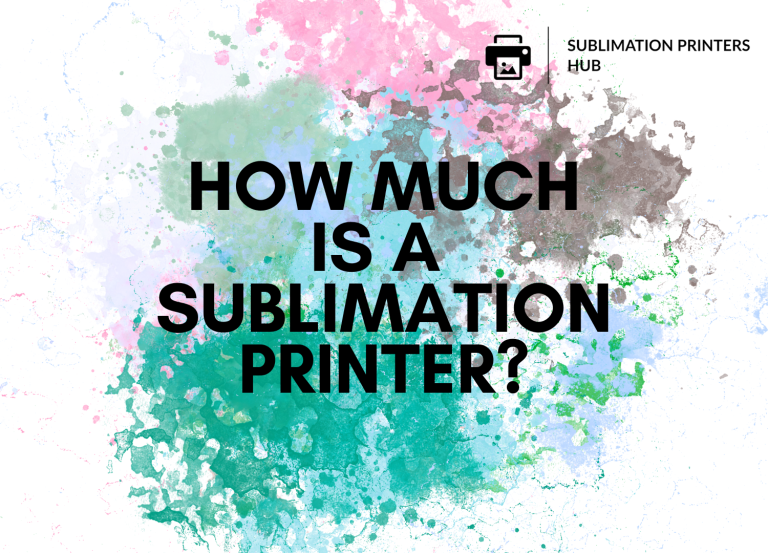
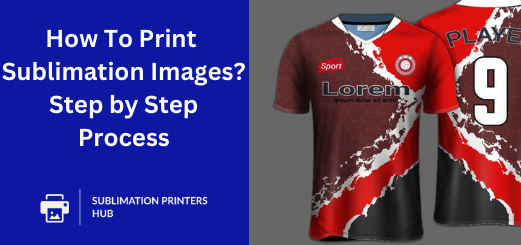
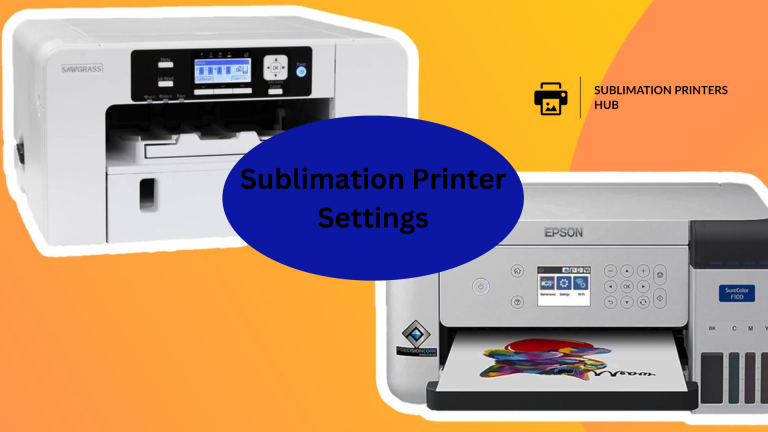
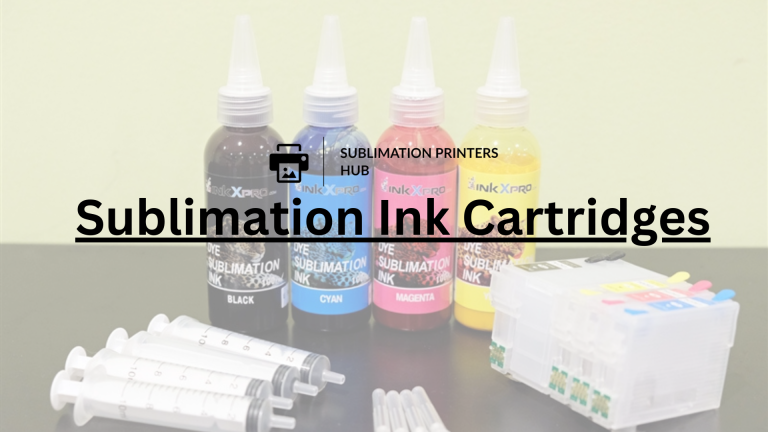
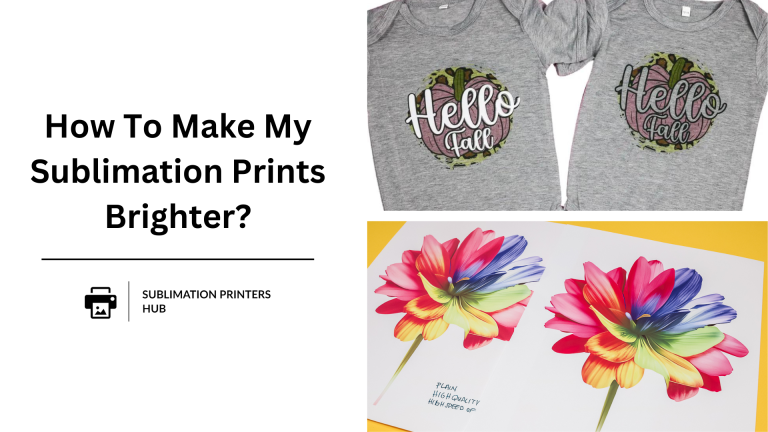
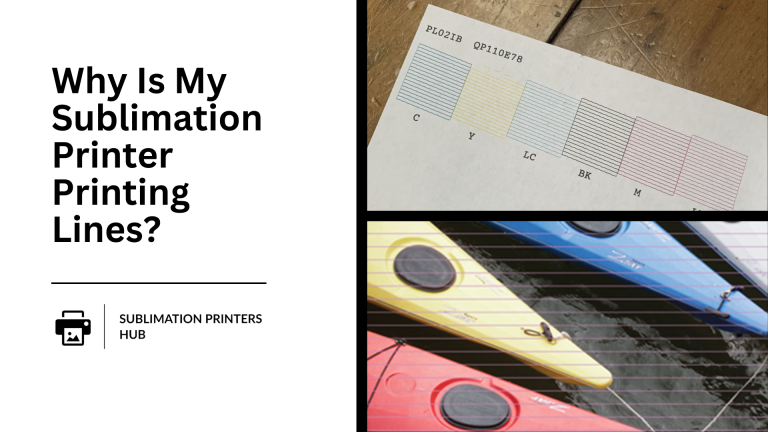
12 Comments